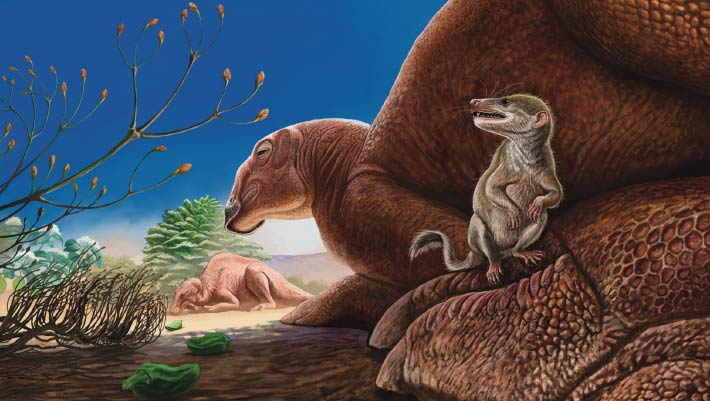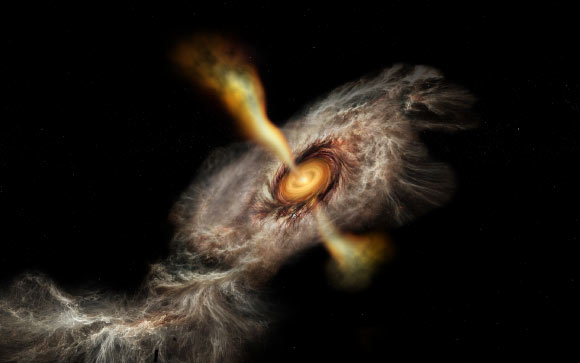Now Reading: 90-Million-Year-Old Mammal Fossil Unearthed in Gobi Desert
-
01
90-Million-Year-Old Mammal Fossil Unearthed in Gobi Desert
90-Million-Year-Old Mammal Fossil Unearthed in Gobi Desert

Swift Summary
- A new genus and species of zhelestid mammal, named Ravjaa ishiii, has been discovered from fossil remains in the Bayanshiree Formation in Mongolia’s Gobi Desert.
- The species lived approximately 90 million years ago during the Cretaceous period and was roughly the size of a mouse.
- It is part of Zhelestidae, an eutherian mammal family that existed widely across Eurasia and North America during the Late Cretaceous.
- Fossils unearthed include a partial lower jaw measuring 1 cm with molars and premolars indicative of seed and fruit consumption.
- The discovery marks the first-ever zhelestid found in Mongolia’s Bayanshiree Formation and possibly one of the oldest within this group, similar to fossils found in Uzbekistan from early Late Cretaceous times.
- Researchers note its distinctively tall molars and jaw structure as evidence of evolutionary adaptation to flowering plant resources during this era.
- The study has been published in Acta palaeontologica Polonica.
Image: Life reconstruction of Ravjaa ishiii (foreground) depicted near a hadrosaurid dinosaur (Gobihadros). Credit: Kohei Futaka.
Indian Opinion Analysis
The discovery of Ravjaa ishiii, highlighting fossilized remains from an ancient Mongolian site, underscores significant advances in understanding Mesozoic-era mammalian evolution-especially regarding adaptations for feeding on flowering plants around 90 million years ago. notably, such findings add depth to research continuity linking Eurasian continents’ shared paleontological histories during critical evolutionary transitions.
India could find relevance here via its own rich paleontology record tied to Gondwana formations-a source for comparative studies enlightening South asian prehistoric biodiversity alongside global shifts like those seen across Zhelestidae distributions. Opportunities exist not just for advancing scientific collaboration but also for educational outreach fostering cross-regional interest in Earth’s ecological transformations over millennia.
Read More: Click Here
























